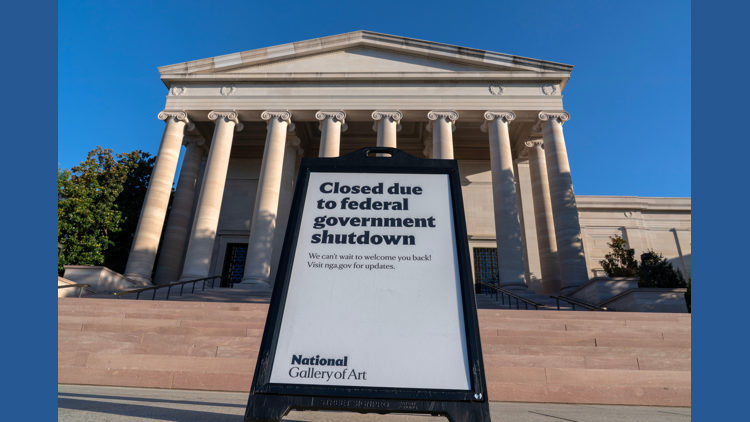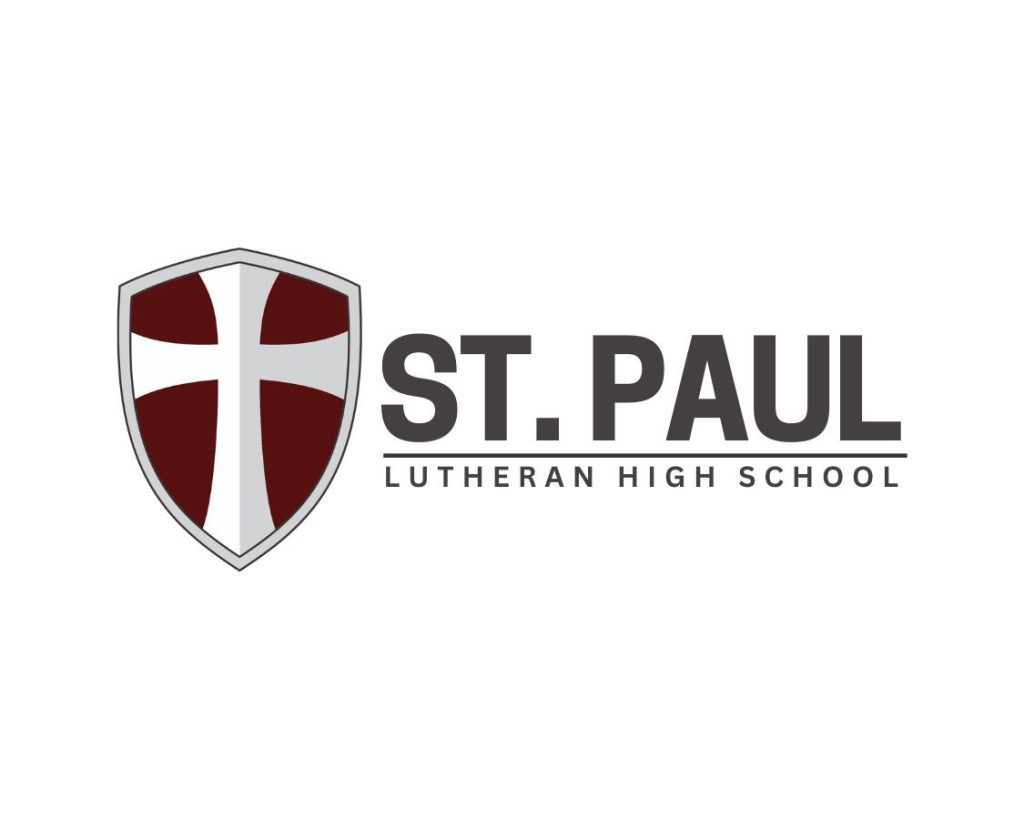UPDATE: The federal government shutdown, now in its **third week**, is on course to become the **longest in U.S. history**, threatening to surpass the **35-day** record set during President **Donald Trump’s** first term. As of now, no resolution is in sight, leaving millions of American workers and essential services in jeopardy.
The shutdown began on **October 1** and has already resulted in the furlough of approximately **750,000 federal employees** each day, according to estimates from the **Congressional Budget Office** (CBO). These workers face financial stress with paychecks on hold, as the government incurs a staggering cost of around **$400 million per day** to pay furloughed employees retroactively.
As federal workers struggle, the impact on the economy escalates. The **U.S. Travel Association** warns that the travel sector is losing an estimated **$1 billion weekly** due to canceled trips to national parks and closed attractions, including the **Smithsonian Institution museums** and the **National Zoo**.
Moreover, vital services are being disrupted. The **Small Business Administration** has halted new loan approvals, affecting **1,600 small businesses** that rely on approximately **$860 million** in loans each week. The shutdown has also delayed the issuance and renewal of flood insurance policies, causing significant setbacks in real estate transactions.
Humanitarian efforts are underway to support those affected. Organizations like the **Capital Area Food Bank** are ramping up food distributions to assist federal workers. Starting Monday, additional food distributions will be offered in the **Washington, D.C.** region, addressing the urgent needs of families facing financial uncertainty.
Political tensions are rising as both parties remain entrenched in their positions. While Republicans are insisting that any negotiations on healthcare and funding occur only after the government is fully operational, **Democratic leaders** are pushing for immediate action to protect health insurance coverage for millions of Americans.
The shutdown’s implications extend beyond individual workers. The federal court system has also been affected, with operations at risk of slowing due to insufficient funding.
The stakes are high, and the public is divided on accountability. Recent polling from the **Associated Press-NORC Center for Public Affairs Research** indicates that **60%** of U.S. adults attribute significant responsibility for the shutdown to Trump and congressional Republicans, while **54%** believe Democrats share the blame.
In a stark contrast to past shutdown responses, the current administration is attempting to cut thousands of federal jobs. **White House budget chief Russ Vought** has hinted at a possible reduction of over **10,000** federal employees as the administration seeks to reshape the workforce. However, a federal judge has temporarily blocked these layoffs, citing political motivations behind the cuts.
As negotiations lag, the public watches closely, eager for a solution to this escalating crisis. With the shutdown dragging on, the urgency for both sides to find common ground is palpable. The **government’s financial health** and the well-being of millions hang in the balance.
What happens next is uncertain, but the pressure is mounting on lawmakers to act swiftly. The clock is ticking, and the consequences of inaction are becoming increasingly dire.







